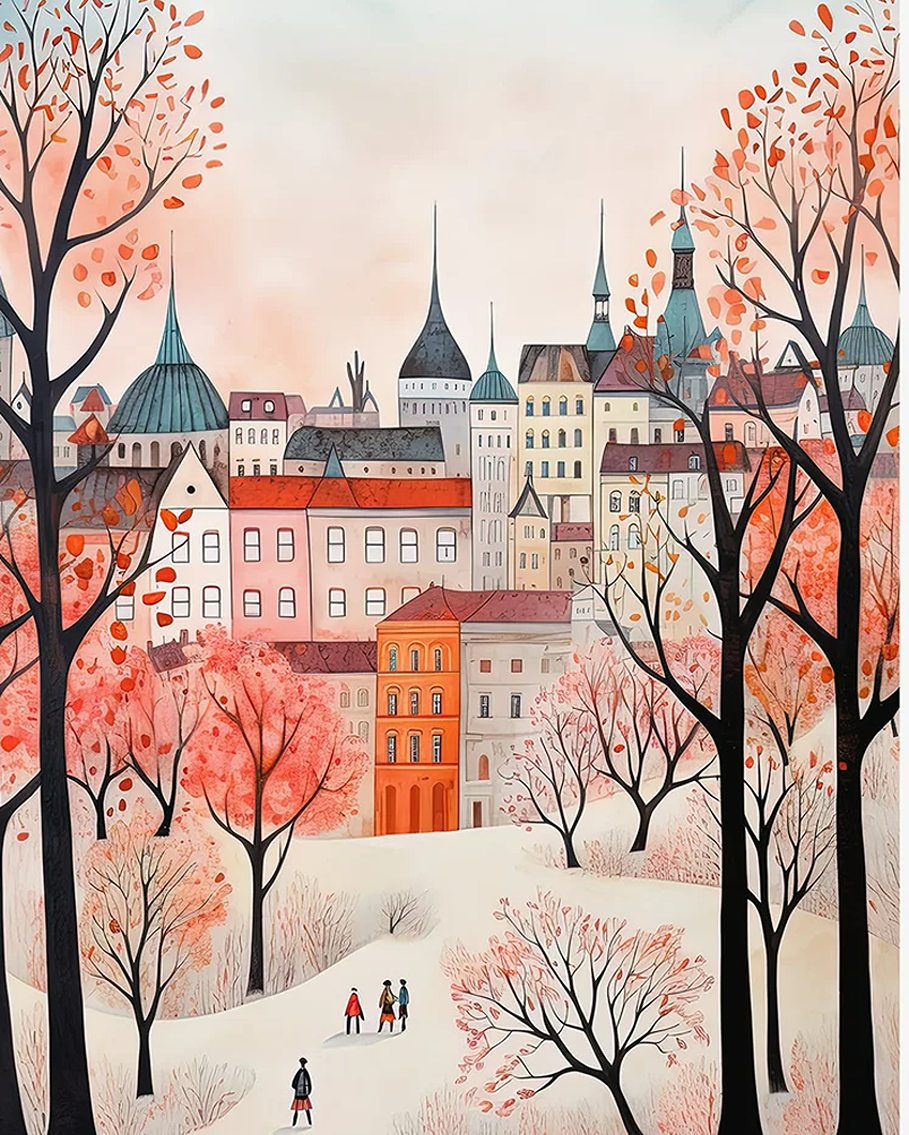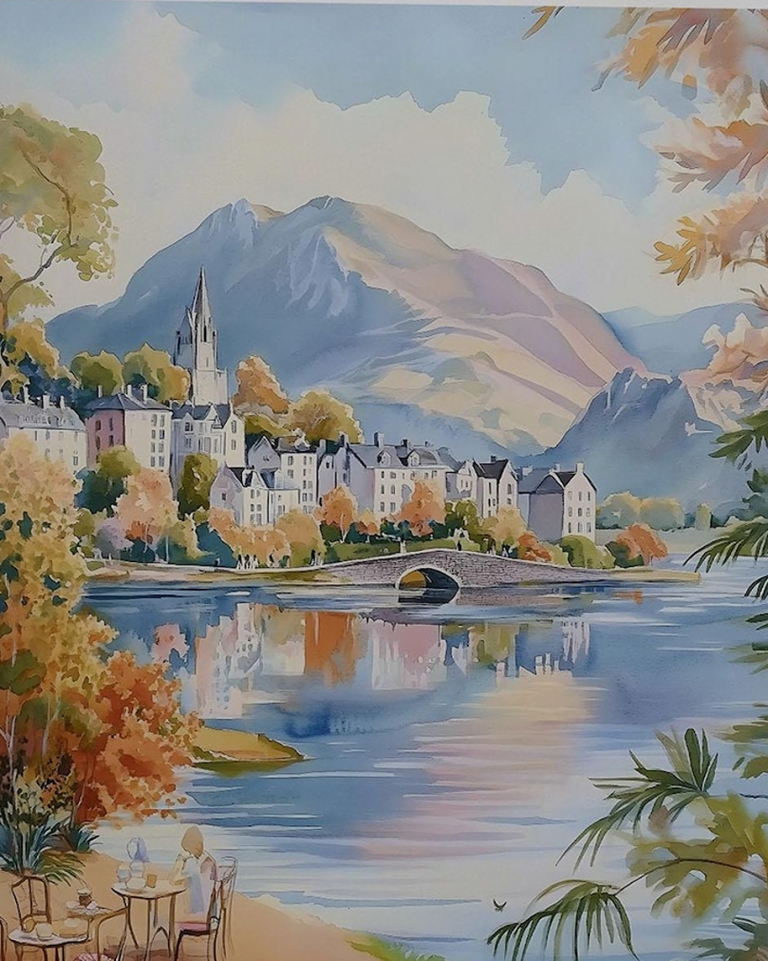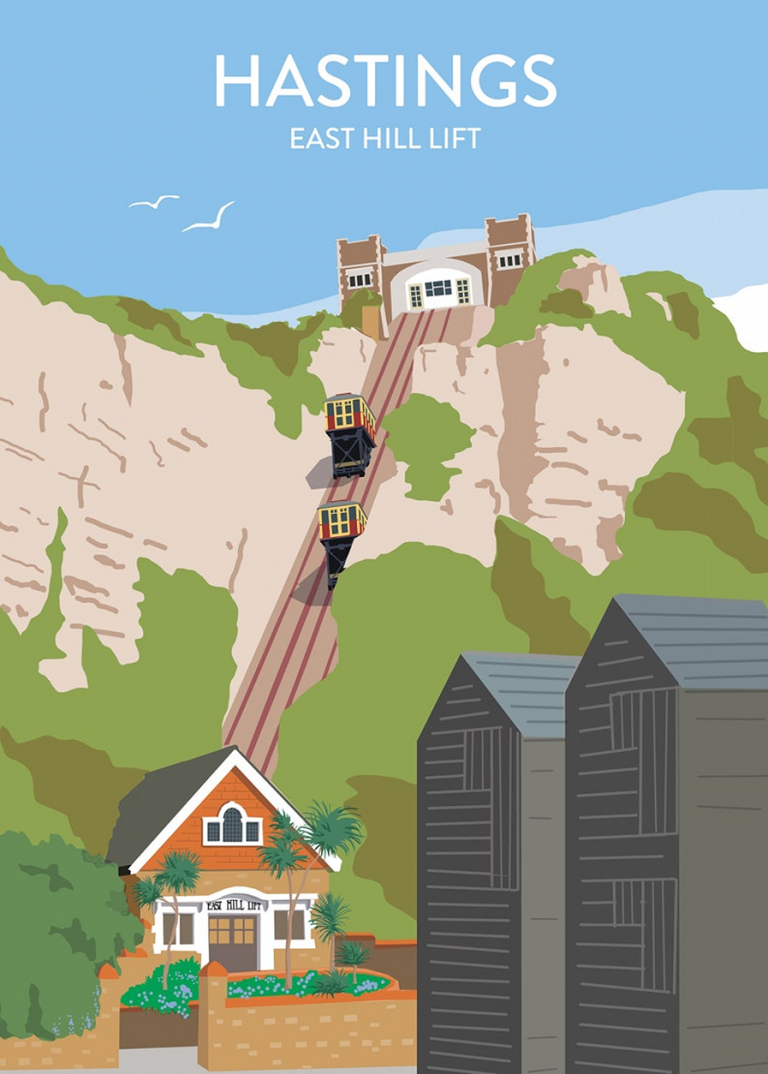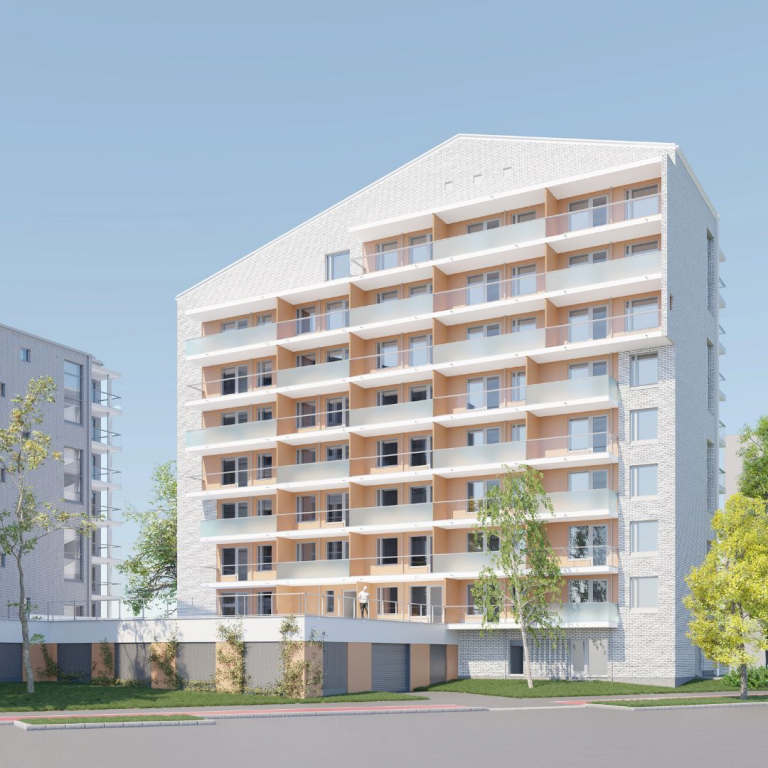
In Hungary, buildings are not allowed to be more than just over 300 feet (around the height of Big Ben). This means it’s free from ugly tower blocks and skyscrapers.
New Urbanist architect Andres Duany (who created the Floridian town of Seaside) says building sky-high buildings is bad town planning, as it alienates people from community. He says there is no argument for ‘tall buildings that need lifts’.
Hungary is a landlocked country, known for its spas and hot springs, with a population of around 10 million, and a notoriously difficult language! And one of the best literary rates on earth (around 99%).
This flat country borders many others (including Ukraine, Romania, Slovenia, Croatia and Serbia). It’s known for its lakes (including the Danube that flows to the Black Sea) and Lake Balaton (the largest freshwater lake in central Europe).
Both lakes are home to endangered salmon and sturgeon, along with 400 species of birds. The Great Hungarian Plains are home to imperial eagles, mouflon sheep and wild boars.
Two actors with Hungarian heritage are Tony Curtis and Peter Falk (a life-size statue of Lt. Columbo stands on a Budapest street, legend is that he was the ancestor of an important Hungarian politician).
History Behind Hungary’s Building Heights
After the Second World War, Hungary rebuilt with care for historic streets and façades. Early rules focused on cornice lines and street widths. The aim was simple, keep the scale that fits the stone grid of Pest and the hill paths of Buda.
A key turn came in the 1990s. The 1997 cultural heritage act introduced panorama protection zones across Budapest. These zones drew lines on maps to guard sightlines to monuments and riverbanks. The UNESCO listing of the Banks of the Danube, the Buda Castle Quarter, and Andrássy Avenue reinforced that approach. Once the city’s heart was on the world stage, planners leaned harder on height control to protect views and context.
Over time, national codes set the frame, then district plans set the fine grain. The message stayed consistent. Keep the skyline low where it matters most, and push taller forms to outer zones, if at all.
Key Moments That Shaped the Rules
- 2013 saw an amendment to building rules that, in practice, put stricter caps in the inner city. Many central streets settled around 22 metres for the main cornice, matching historic eaves and roof pitches.
- In 2020, updates for suburban areas refined where taller elements could go, tied to transit links and distance from protected views.
- Public protests in the 2000s sharpened the tone. Campaigns against tall towers near the Danube and around heritage districts led councils to block several proposals. For example, plans for high-rises close to key view corridors were withdrawn after pushback over skyline impact.
- High-profile debates around a few modern towers led to clearer maps of what is off-limits and what might be negotiable.
The pattern repeated. Stronger rules followed public concern, with the river panorama and historic quarters seen as non-negotiable.
Why Preservation Won Over Progress
Safeguarding the long views to Buda Castle and the Parliament is more than aesthetics. It is identity and economy. Budapest’s charm draws over ten million visitors to Hungary each year, and the low-rise fabric is part of the promise. Narrow streets, clear rooflines, and intact squares invite people to walk, linger, and spend.
Officials have stressed that heritage is a public asset and that views along the Danube belong to everyone. In practice, that belief means height caps and design checks. It also means strict control of rooftop extensions, signage, and materials. The city trades some vertical growth for a steady, recognisable look that supports tourism, local pride, and long-term value.
How Height Limits Affect Daily Life
Height limits shape how the city grows on the ground. In central Budapest and older regional centres, plots fill to a consistent height, then spread. Growth tends to be horizontal, which can unlock inner courtyards, small parks, and mid-block passages. You feel it as a walker. Streets stay sunny, building edges align, and the scale feels humane.
The rules also push a careful balance. Hungary faces shifting populations and housing need in Budapest and university towns. The caps can slow high-density, high-rise solutions, which puts pressure on prices and commutes. At the same time, the low-rise grid supports local shops, short trips, and a calmer street pattern.
Everyday effects to notice
- Street comfort: Sunlight reaches pavements, and wind tunnels are rare.
- View corridors: Key axes frame monuments, helping with wayfinding.
- Local business: Ground floors thrive with steady footfall.
- Green space: Courtyards and pocket parks fit well below 30 metres.
Opportunities for Smart Urban Design
Architects in Hungary have learned to work within the cap. Many create mixed-use blocks under 30 metres that fit the historic grid yet feel modern and energy smart.
- Layered blocks: Retail at ground level, offices or homes above, set back top floors to soften the street silhouette.
- Eco-upgrades: New projects in Pest have added green roofs, solar arrays, and high-performance façades without breaking height rules.
- Courtyard revitalisation: Historic tenement blocks gain shared gardens and bike storage, which boosts liveability.
- Transit-led nodes: Near metro and tram hubs, mid-rise schemes reach efficient densities while respecting nearby view corridors.
Example: A recent infill scheme in a Pest district kept a 24 metre cornice aligned with neighbours, tucked plant rooms within the roof, and still met strict energy targets. Shops opened at street level, and new flats sold fast, showing that good design and tight caps can work together.
Lessons for Other European Capitals
Cities like Paris and Prague face the same balance. Paris caps most heights, then sets taller clusters at La Défense and a few outer sites. Prague guards its historic basin with tight controls, then allows more height on the ridges. Hungary’s approach fits this family. Protect the signature views with strict lines, use mid-rise to keep streets lively, and place any extra height where it will not overshadow heritage.






